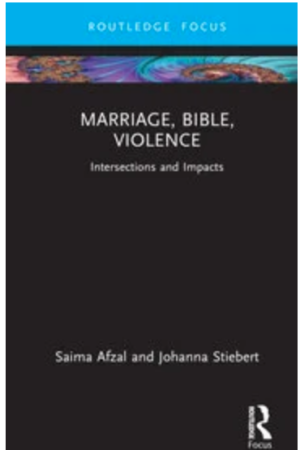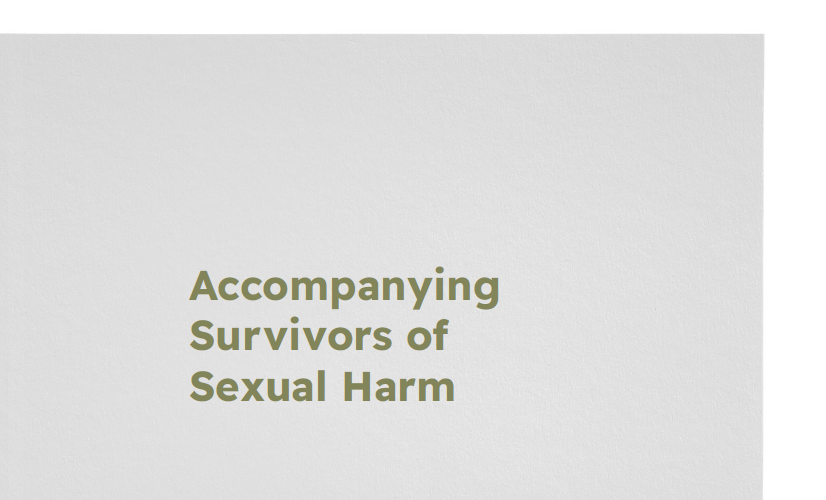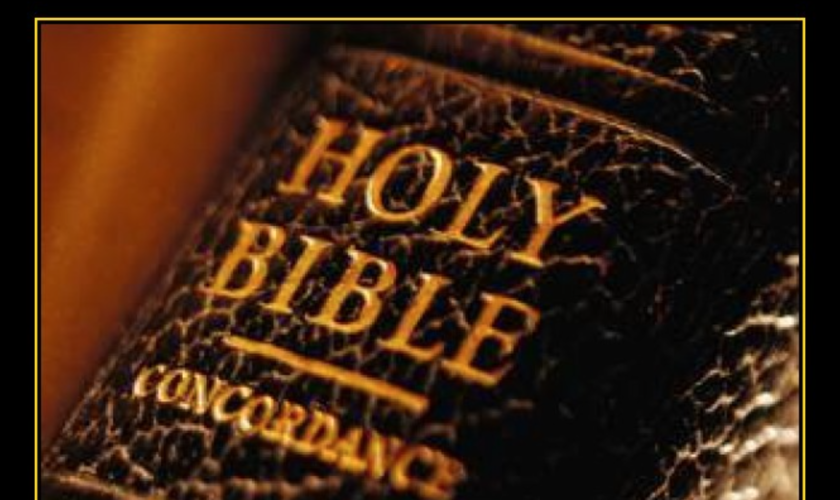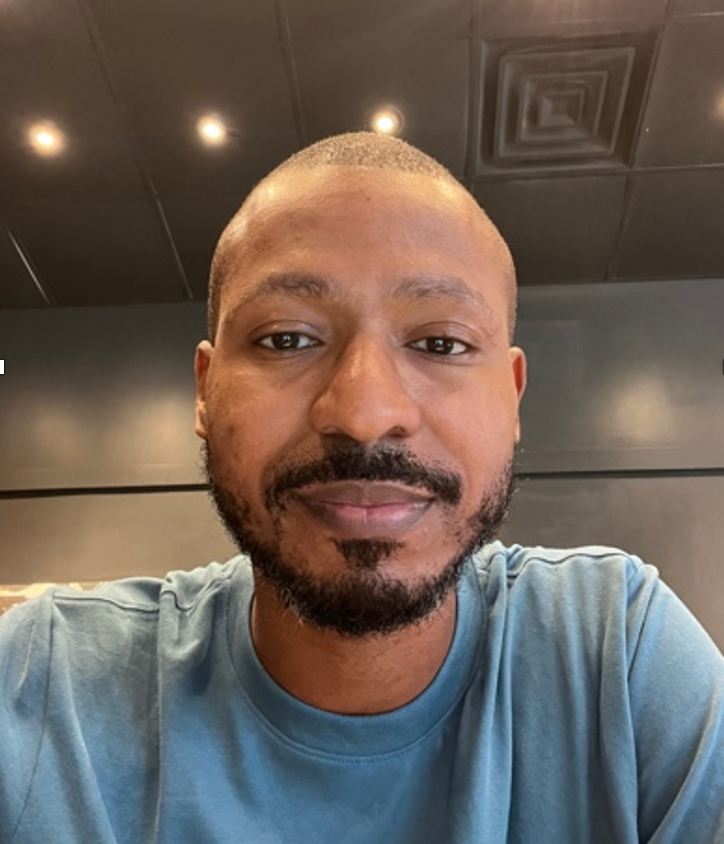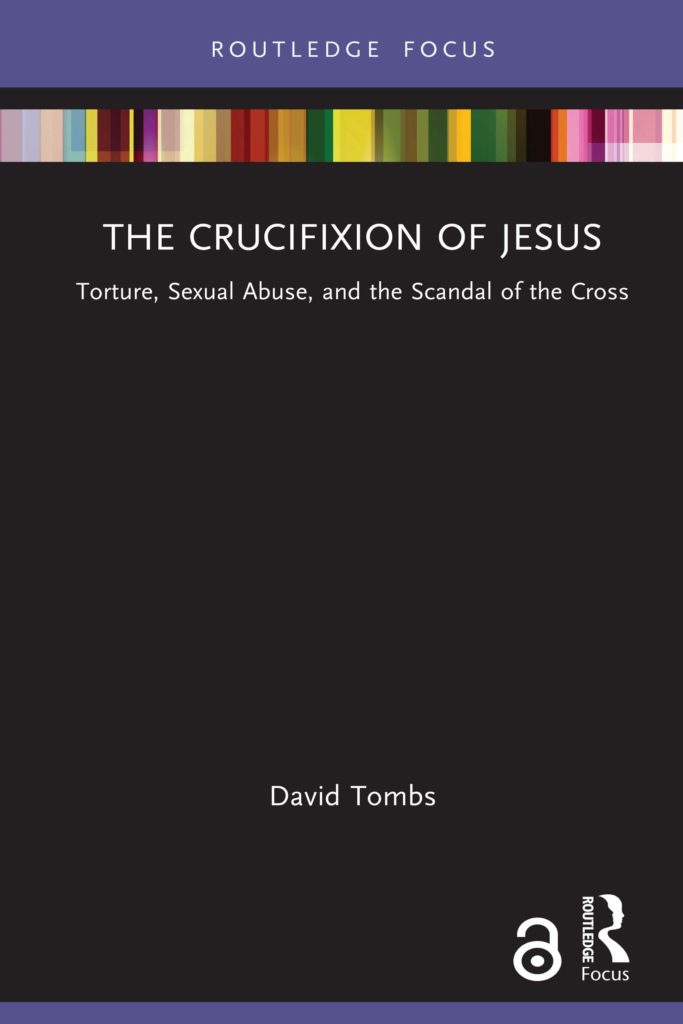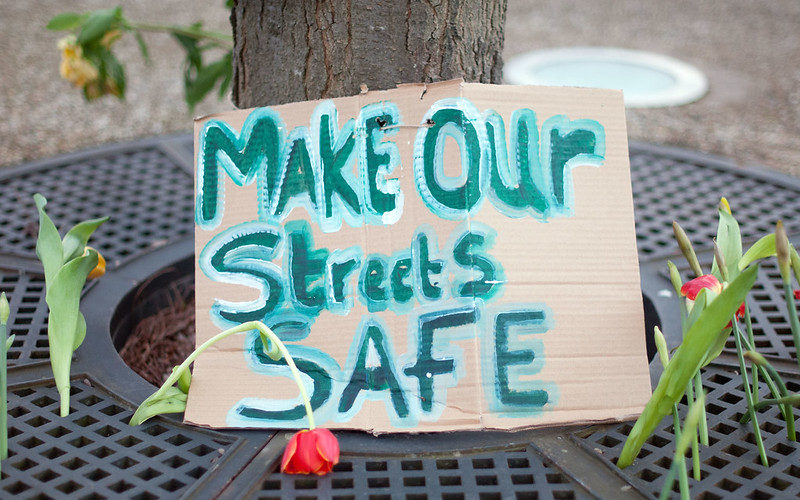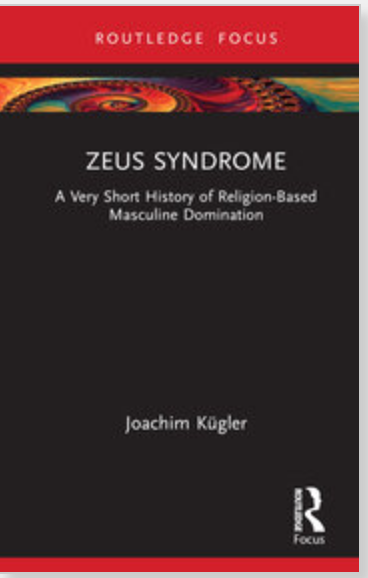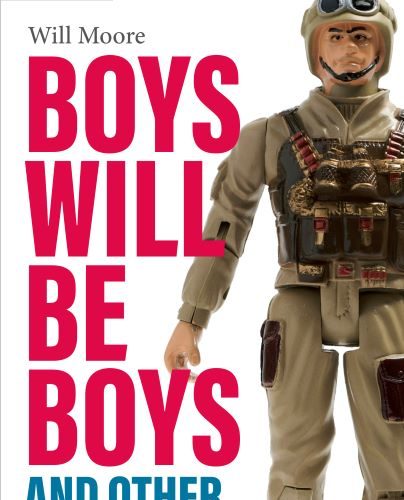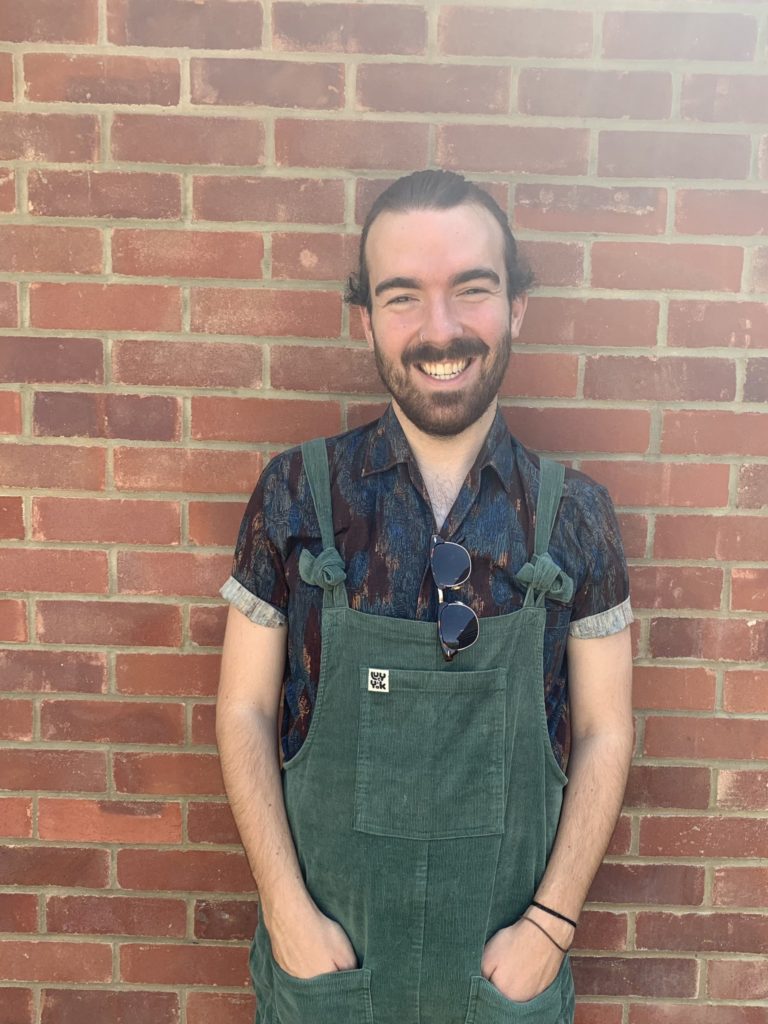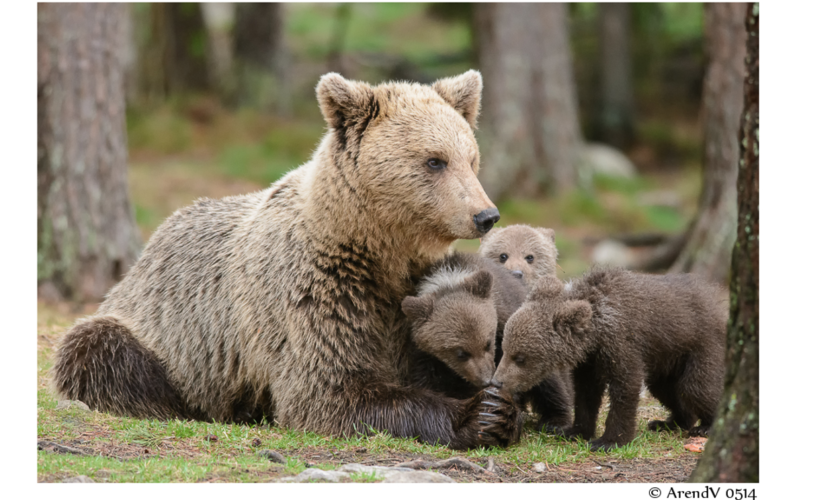The Shiloh Project is pleased to announce the launch of a new toolkit called Accompanying Survivors of Sexual Harm. The toolkit has been developed as an educational resource for church leaders, inviting them to reflect on ways that churches can become spaces where sexual harm survivors feel safe and supported. This resource can be downloaded by following the link to the “Accompanying Survivors Toolkit” page on this website.
Below, Emily Colgan (one of the creators and editors of the toolkit) explains more about the toolkit’s development and its goals.
Accompanying Survivors of Sexual Harm: A Toolkit for Churches
Accompanying Survivors of Sexual Harm is a trauma-informed resource that offers education and support of Christian clergy and lay leaders as they respond to sexual harm in their communities. The resource is the collaborate effort of seven academics, all of whom work broadly at the intersection of sexual harm and Christian faith traditions in Aotearoa New Zealand. Through our work in this area, we have long been aware of the distressingly high rates of sexual harm in our communities, and we believe it is important for churches to recognise that the trends we see in society more generally are reflected in church communities as well. Moreover, churches need to acknowledge that sexual harm is perpetrated within these communities—at times by those in positions of authority—and the primary response of church leaders has far too often been one of self-preservation and concealment. For the most part, churches in Aotearoa have not yet found a voice to adequately address the issue of sexual harm, which is endemic in faith communities and in society at large. We (as a country, generally) have a problem with sexual harm and, for the most part, churches keep silent on this issue.
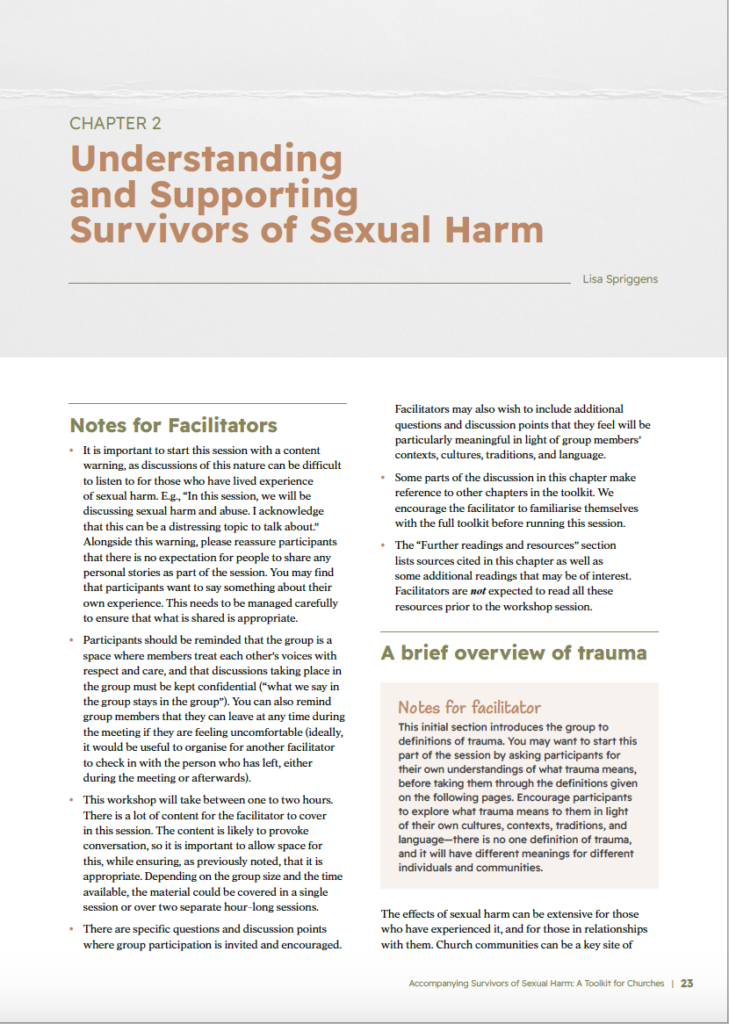
This situation has come into sharper focus since February 2018, when the New Zealand government announced a Royal Commission of Inquiry into abuse in state care. In November of the same year, the inquiry expanded its scope to include abuse of those in the care of religious institutions. The harrowing testimonies of victims and survivors who experienced horrific sexual harm while in the care of religious institutions reveal that, for many people, churches have not been places of welcome and safety; they have not been places of good news. Churches have failed in their duty of care for the most vulnerable in their midst. The Commission’s work is still ongoing. But it has highlighted the urgent need for churches to be proactive in their support of victims and survivors, as well as in their efforts to ensure that church communities are no longer spaces where sexual harm can flourish. This resource is our – the contributor’s – response to this need.
Over a number of years, we have canvassed stakeholders from within the Anglican, Methodist, and Roman Catholic traditions, seeking feedback about the educative needs of these churches for confronting the issue of sexual harm. We have also piloted this resource material with various church groups, seeking comment on the relevance and usefulness of its content for those in ministry. It reflects scholarship by experts in their respective fields, consultation with church leaders and those in frontline ministry positions, and insights and input from victims and survivors of sexual harm. It is by no means exhaustive, nor does it claim to be the full and final word on an appropriate Christian response to the issue of sexual harm. Instead, it enables workshop-based sessions which aim to educate clergy and lay leaders about
- Understanding the nature of sexual harm and its prevalence in New Zealand society.
- Being alert to and responding in a pastorally sensitive manner to people within their community who have experienced/are experiencing sexual harm.
- Identifying and articulating some of the scriptural and theological foundations that work to justify/legitimise/enable sexual harm while silencing the voices of victims/survivors.
- Identifying and articulating some of the scriptural and theological foundations that work to challenge and resist sexual harm.
- Exploring how their church might work to create a safe space for victims/survivors of sexual harm.
The toolkit will be of value to anyone in a church leadership position, including those training for Christian ministry and those who have extensive ministry/leadership experience. It is intentionally ecumenical in nature and does not require knowledge of any one denominational tradition. While the format of the resource requires reflection and discussion in an “intellectual” sense, the aim of this work is to enable tangible, practical action in our communities that will support victims and survivors, and to make our churches spaces that are welcoming and safe.
While some of the content relates specifically to the context of Aotearoa New Zealand, most of the material can be adapted and used further afield. There is space offered throughout the sessions for participants to discuss how issues pertaining to sexual harm relate to their own communities. Participants also have opportunities to consider how their own cultures, contexts, traditions, and languages will help shape their role of accompanying victims and survivors.
The toolkit is free for anyone to download and use. It can be accessed here on the Shiloh Project website. If you have any queries about the use of the toolkit, please contact us at assh.toolkit@gmail.com.
We hope this resource is a useful and meaningful tool for all those who accompany victims and survivors on their journey.





